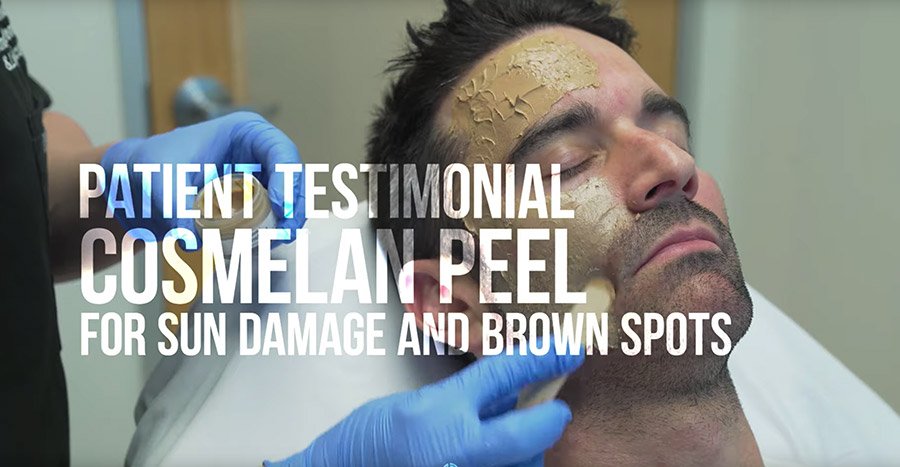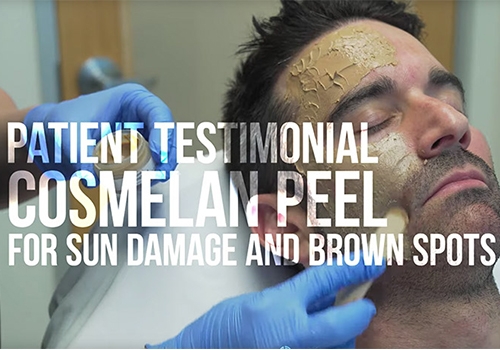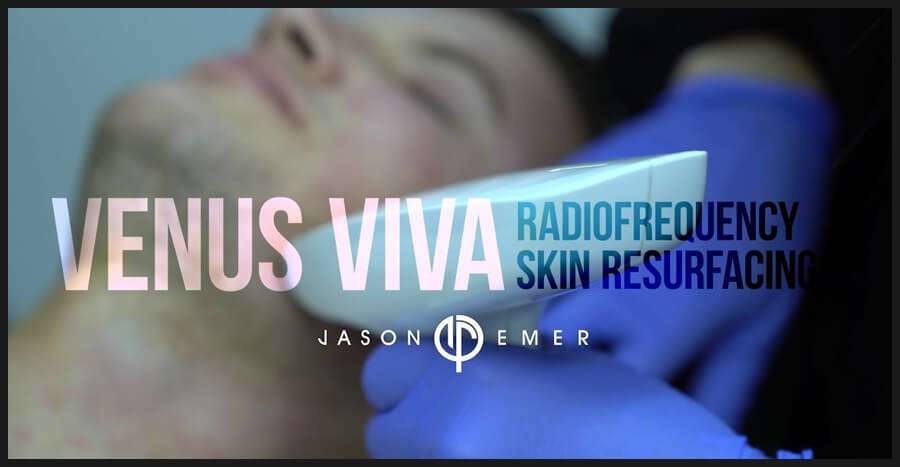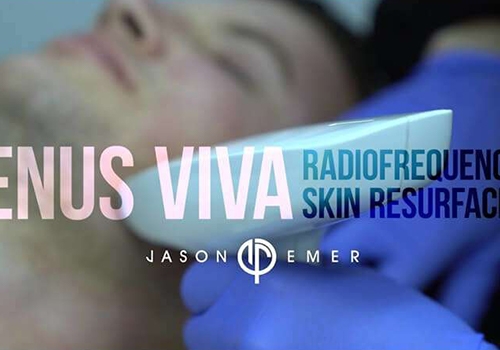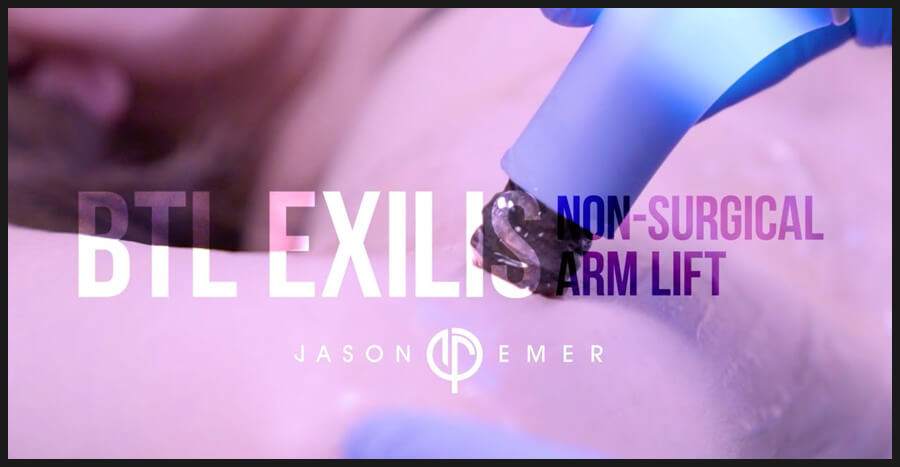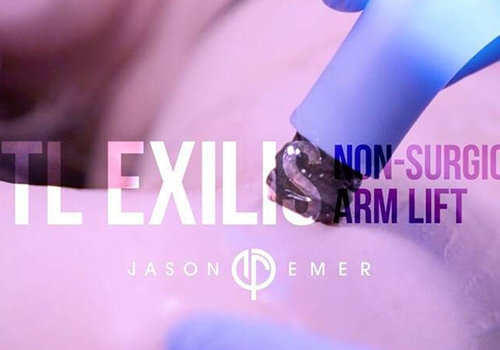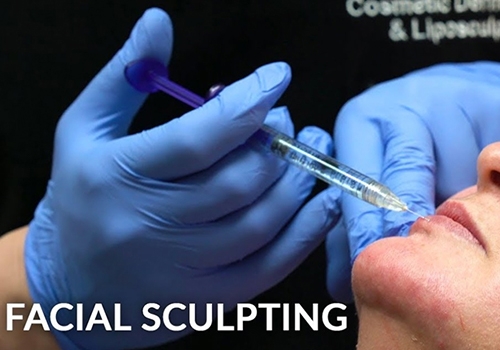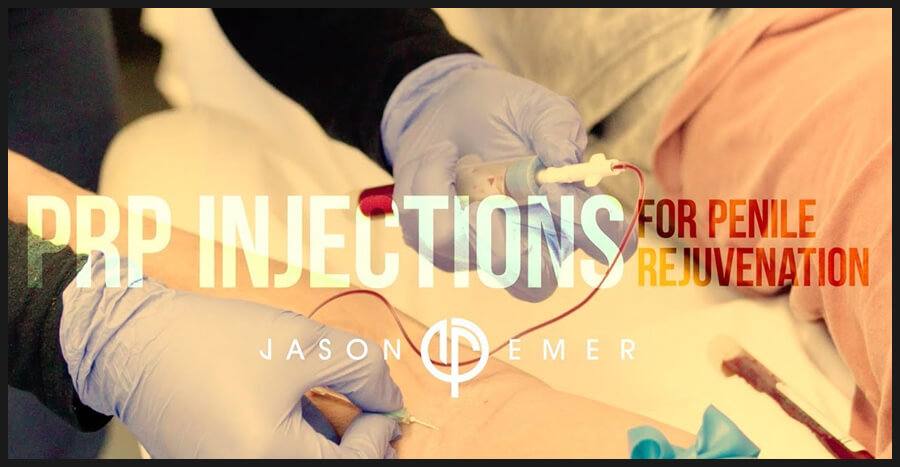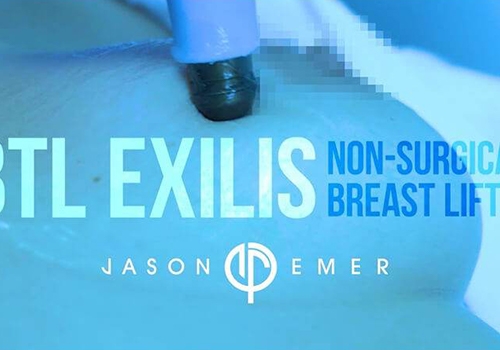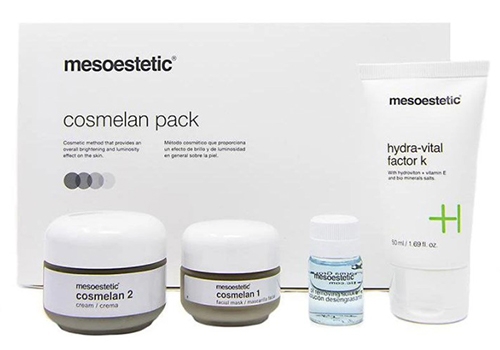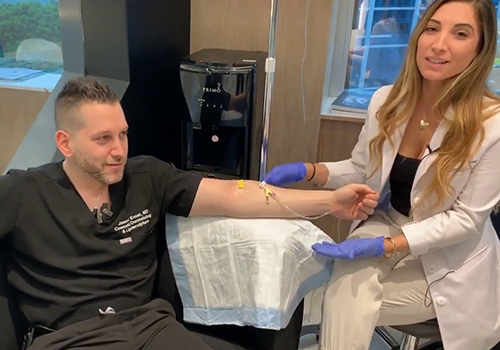CALCINOSIS ON THE SCROTUM
Conveniently located to serve Beverly Hills, Hollywood, Los Angeles, NYC, and Miami.
WHAT IS PRGF-ENDORET®?
Calcinosis on the scrotum, otherwise known as scrotal calcinosis or calcinosis scroti, is a benign medical condition where deposits of calcium appear on the outside of the scrotum in the form of nodules or lesions. Nodules are typically purple, yellow, or white in color. Additionally, nodules can grow in both quantity and size over time, ranging from a few millimeters to multiple centimeters in diameter as they gradually coalesce.
Many patients wait years before seeking the advice of a medical professional, as the nodules rarely cause physical pain. (Although itchiness or a “heavy” feeling are possible.) Nodules are usually not attached to any underlying structures and are not a result of high levels of calcium or phosphate in the bloodstream.
In fact, there is still some debate in the medical community over what causes calcinosis on the scrotum, though it may be linked to genetic predisposition and/or tissue breakdown during aging or trauma. But what is crystal clear is the emotional trauma that men with this condition deal with, as these unflattering bumps and lesions can significantly hamper their self-esteem and wreak havoc on their sex life.

RIGHT FOR YOU?
AM I A GOOD CANDIDATE FOR SCROTAL CALCINOSIS TREATMENT?
PROCEDURE DETAILS
HOW IS SCROTAL CALCINOSIS TREATED?
There are two main treatment methods for scrotal calcinosis: surgical excision and CO2 laser therapy. Surgical excision involves the removal of one or more nodules with the use of incisions. This strategy has been used with great success and lasting results on hundreds of patients by Dr. Emer.
Recently, laser treatments have begun to show very impressive effects for some patients. This non-surgical procedure features the use of a device that emits an ablative (tissue-removing) CO2 laser, a concentrated beam of light that heats up the nodules to the point where they fall away from the body. This energy also prompts the body to produce collagen, forming a new, clear layer of scrotal skin.

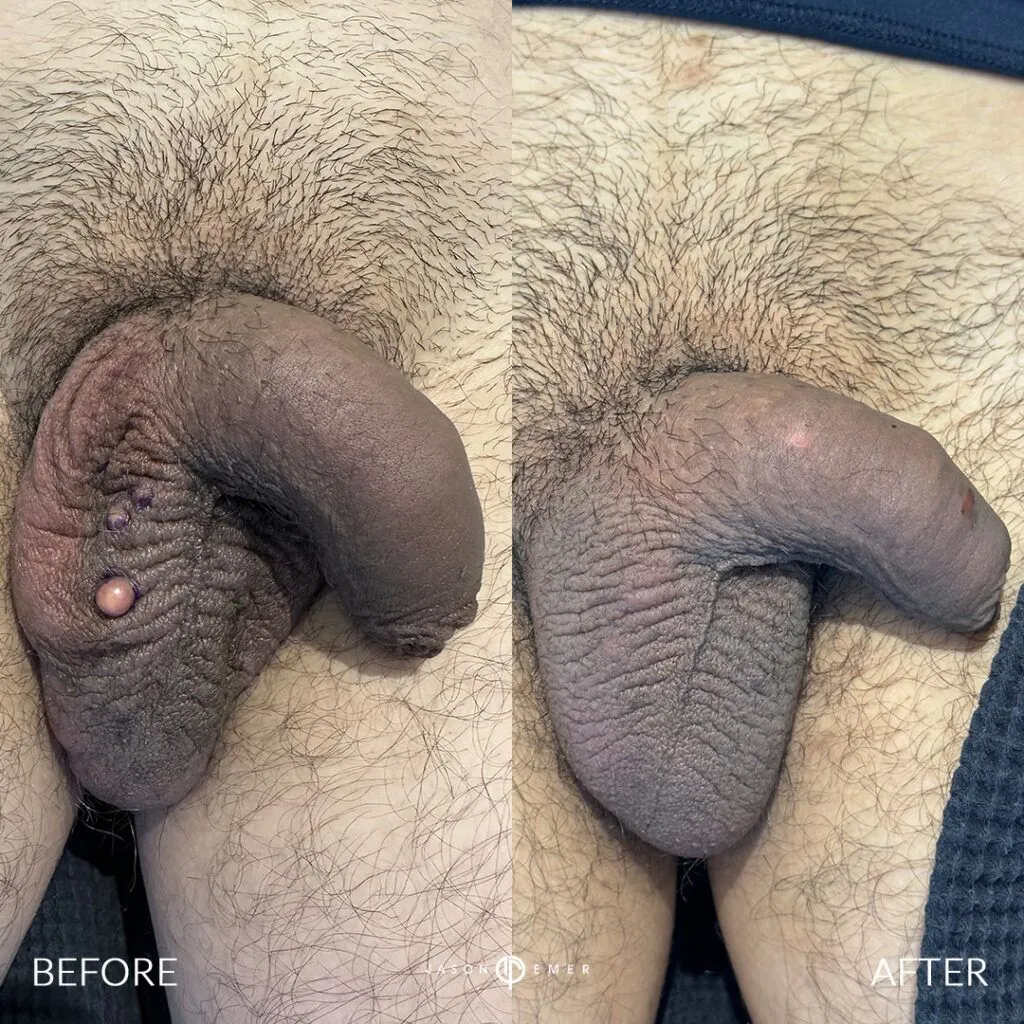
PROCEDURE DETAILS
WHAT TO EXPECT DURING SCROTAL CALCINOSIS REMOVAL
Scrotal calcinosis removal is a same-day, outpatient procedure. Local anesthesia will be administered first to make sure you are comfortable.
For surgical excision, an incision is carefully made around the nodule to provide access under the skin. The calcium deposit itself is removed, and then the skin is closed with sutures. This process is repeated for each designated nodule.
During ablative CO2 laser therapy, a specialized device is moved slowly across the scrotum. Laser energy is emitted into each nodule, allowing it to be removed and for the healing process to begin.
PROCEDURE DETAILS
WHAT TO EXPECT AFTER YOUR TREATMENT FOR CALCINOSIS ON THE SCROTUM
Some soreness or swelling can occur after a scrotal calcinosis procedure, lasting a few days or more, depending on the treatment’s extent. Full recovery can take about six weeks, although some patients will need more than one session if they have a large number of nodules present.
Dr. Emer will advise you regarding when it will be safe to return to work, the gym, and sexual activity. Once healing is complete, most patients report a massive shift in their bedroom confidence and overall comfort.
THE DR. EMER DIFFERENCE
HOW DR. EMER DOES IT DIFFERENTLY
Dr. Emer got into cosmetic dermatology to make people happy, so the anguish his male patients face when they come into his office with calcinosis on the scrotum strongly motivates him to do everything he can to help. Dr. Emer’s top priority (after your absolute safety, of course) is not just to treat the condition, but to do so in a way that ensures the most thorough, aesthetically pleasing results possible.
Dr. Emer is world-renowned as a leading authority in male cosmetic enhancement as a result of decades of using multifaceted, dynamic treatment plans to change his patients’ bodily appearance. To that end, he may combine excision and laser therapy, depending on your unique scrotal calcinosis symptoms.
Dr. Emer also offers scores of different care protocols to address a broad spectrum of other “down under” concerns affecting male patients, as well as extensive options for male facial and body sculpting. His patients benefit from advanced, highly personalized combination treatment plans that can truly transform their appearance and improve their quality of life.
HOW MUCH DOES A SCROTAL CALCINOSIS TREATMENT COST?
The total price of your scrotal calcinosis treatment will need to be calculated during your initial consultation. However, the cost typically depends on:
The number of nodules on your scrotum
Their size and shape
Whether surgical excision, laser therapy, or both are used
The total number of appointments scheduled

